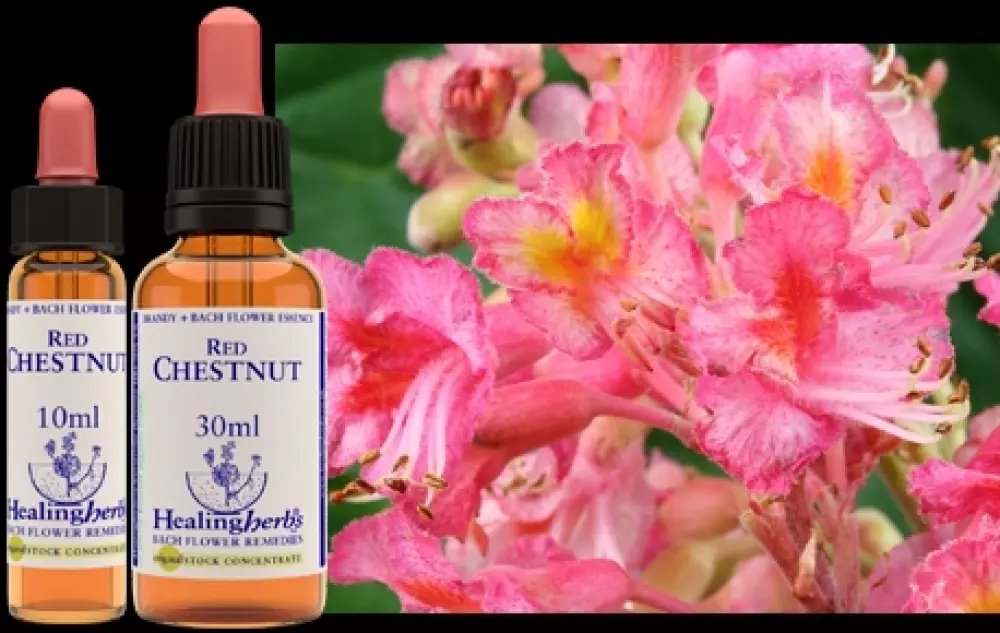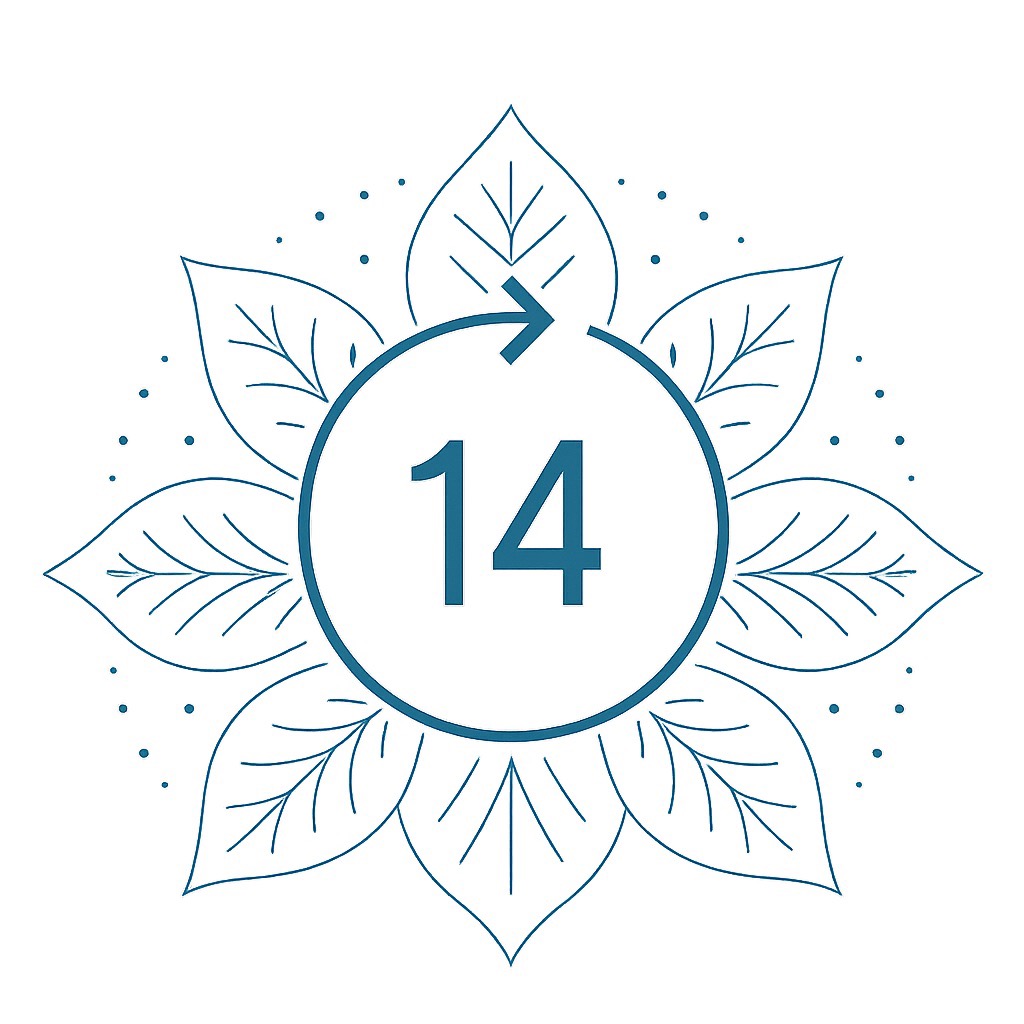Red Chestnut indication For those who find it difficult not to be anxious for other people. Often they have ceased to worry about themselves, but for those of whom they are fond they may suffe ...
Les mer r much, frequently anticipating some unfortunate thing may to happen to them.
[Bach: Twelve Healers and Other Remedies 1936]
Red Chestnut details
Latin Name: Aesculus carnea
Group: Second Nineteen
Emotional Group: Fear
Emotional response: Imagining the worst
Method:Boiling
Affirmation
Everyone of us also has sympathy with those in distress, and naturally so, because we have all been in distress ourselves at some time in our lives. So that not only can we heal ourselves, but we have the great privilege of being able to help others to heal themselves, and the only qualifications necessary are love and sympathy. [Bach: Collected Writings]
Emotional State
For those who find it difficult not to be anxious for other people, anticipate trouble, imagine the worst, worry over other’s troubles, over-concern for problems of the world, fear that a small complaint of another will become a serious problem, project anxiety. [Barnard: Guide to the Bach Flower Remedies]
-
Red Chestnut - Form and Function
Bach described the Red Chestnut state as ‘for those who find it difficult not to be anxious for other people’. The story goes that he was doing some work in the garden at Mount Vernon, when he cut himself. According to Nora Weeks’ account he was chopping wood – though we might wonder what he was doing chopping wood at the end of May – when the axe slipped and he ‘gashed his wrist’. He was in shock and given first aid but, although ‘pale and shaky and almost fainting from loss of blood’, it was the reaction of Nora and friends which claimed Bach’s attention. He felt that their fear and anxiety at his condition made matters worse. Nora noted that at this time, so acute was his sensitivity, Bach experienced any worry, depression or fear in other people as an ‘actual physical hurt’. Feeling the worry of his friends, he declared that he had just experienced the emotional state for his next remedy: Red Chestnut’s fear for the safety of others. A day or two later he found the flowers and made a mother tincture by the boiling method.
The story of Red Chestnut led Nora Weeks to conclude that we are all susceptible to the influence of other people’s thoughts, for good or ill. Negative thoughts, even if unexpressed, have a powerful impact. Thoughts for safety, health and success, likewise. So the connection between Red and White Chestnut is here in the process of thinking: how to break or change the pattern of thought. Not surprisingly, therefore, the gesture of the two types of tree is similar. They have the same structure of trunk and branches, the same flaky bark, similar buds, similar leaves. But there are distinct differences. In all respects a Red Chestnut tree is less robust, more liable to disease and damage. The seeds are much smaller, the casing smooth and often empty – no valuable conkers here! The strength of the remedy comes more from the power in the colour of the flowers.
-





